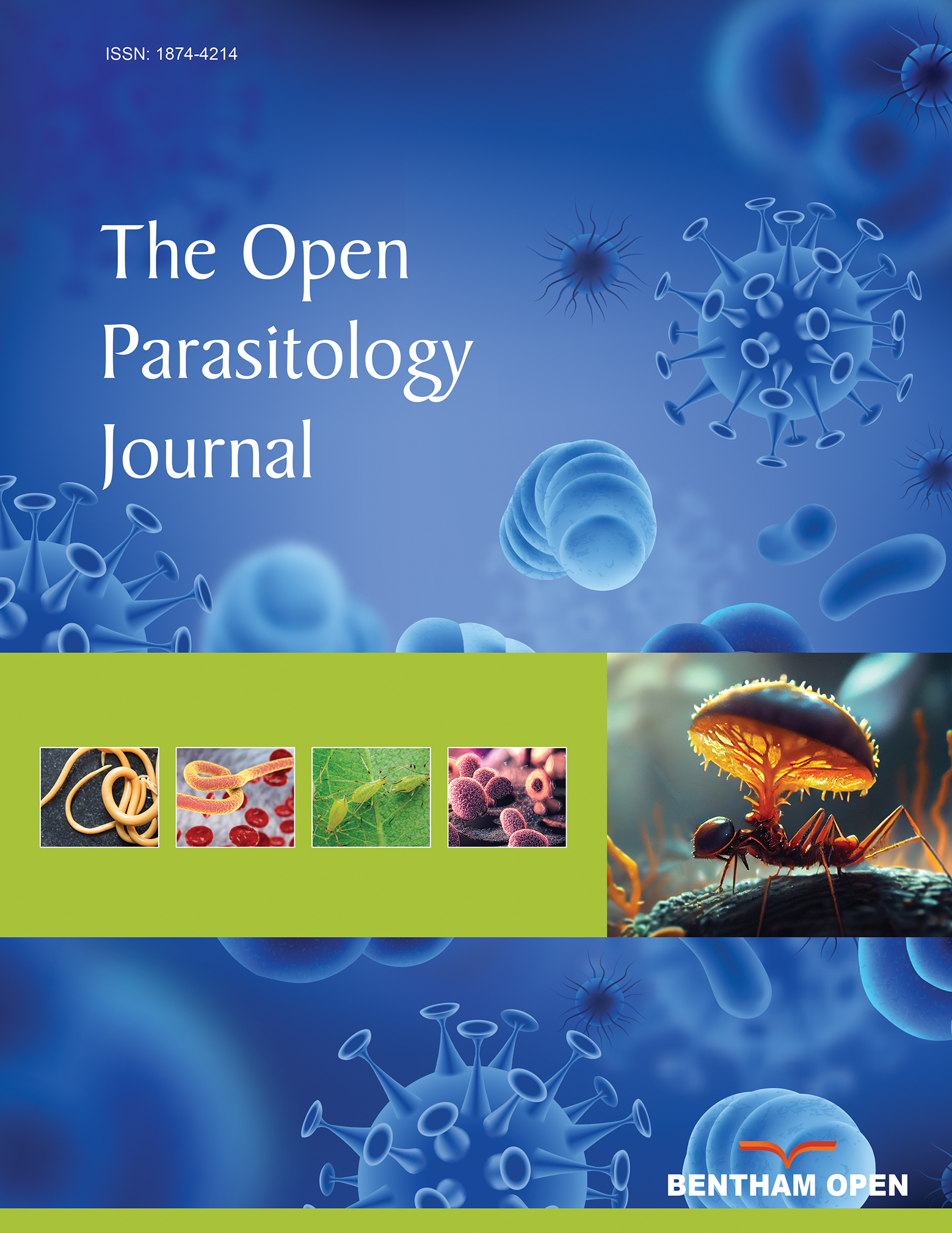Trypanosomatid-Encoded Inhibitors of Peptidases: Unique Structural Features and Possible Roles as Virulence Factors
Abstract
Trypanosomatids rely on peptidases as potent virulence factors and were recently found to contain a unique set of natural peptidase inhibitors not found in higher eukaryotes or in yeast, but present in a limited number of bacteria. Chagasin, identified in Trypanosoma cruzi, is a tight-binding, high affinity inhibitor of papain-like cysteine peptidases that has an Ig-like fold and inactivates target enzymes through a limited number of contacts mediated by a few conserved residues on three exposed loops. Chagasin homologues in other protozoa and bacteria are mostly single genes named ICPs, and together with chagasin compose family I42 at MEROPS, the peptidase and peptidase inhibitors database [http://merops.sanger.ac.uk/]. The biological function of chagasin/ICPs seems to vary depending on the organism, but generally, the current studies point to a role in controlling the activity of endogenous parasite CPs, influencing parasite differentiation, virulence and different aspects of the host response to infection. More recently, natural inhibitors of serine peptidases that share similarity to bacterial ecotins were identified in trypanosomatids and named ISPs. Ecotins are specific to trypsin-fold serine peptidases, enzymes which are not present in trypanosomatids. ISPs are limited to Trypanosomes and Leishmania and to date, only ISP2 proven to have an inhibitory function. In Leishmania, ISP2 seems to control the activity of host SPs at the initial stages of infection in order to ensure subsequent parasite survival in macrophages. The main aspects of chagasin/ICP biochemistry, structure and biological function and the recent findings on ISPs will be covered in this review.


